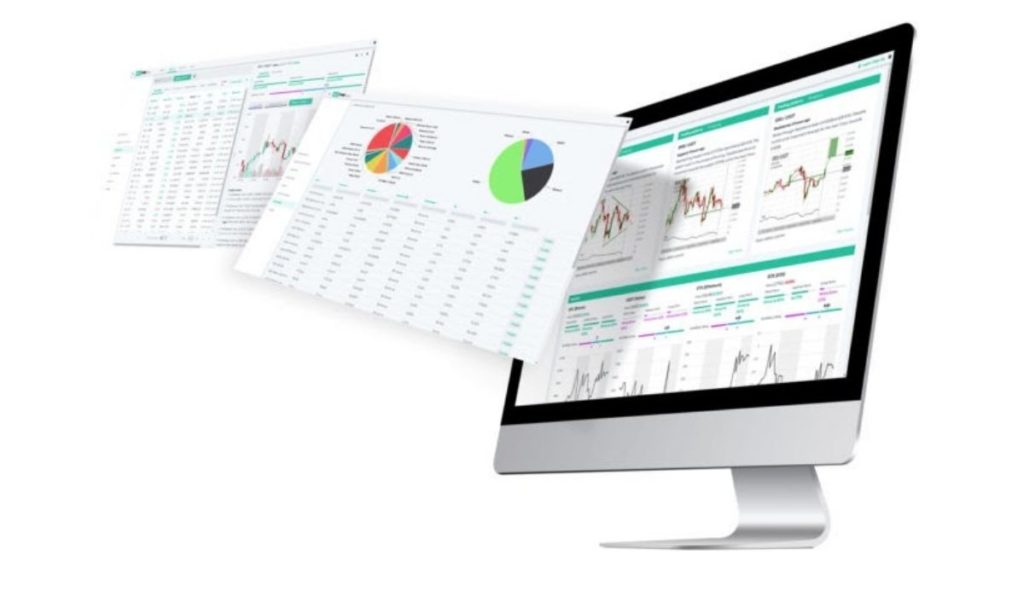2021-11-18 02:00 |
Trying to catch the bitcoin top is quite hard. There are predictions for when the top of the market might be but there is nothing that definitively points where the rally will end up. Analysis is usually used to catch the top of the market and sometimes tools are used to track the top.
This doesn’t mean that the tools are 100% going to help catch the top. However, using historical data in addition to these tools can prove to be useful in not only predicting the top of the market but also mapping out a good time to sell some digital assets and take profits.
Related Reading | Anthony Scaramucci Urges Investors To Buy Bitcoin, Says It’s Headed For $500K
In the latest issue of Glassnode’s weekly newsletter, five tools are were put forward as candidates for predicting the market top. Each one uses years of on-chain and market data. For every tool, the top is placed at a different price. Let’s walk through each one.
Mayer MultipleThe Mayer Multiple is the first tool mentioned in the report that was released on Monday. It describes it as “a simple yet effective ratio between price and the 200 DMA” (200-day moving average). The Mayer Multiple uses statistical methods to show that a 2.4 Mayer Multiple value will reflect an unlikely extreme. In this scenario, the price has rallied 2.4x in the long term.
Source: GlassnodeUsing this, an upper band of $110K is achieved, with the potential to trend higher or lower, depending on how price changes on the 200 DMA.
Top Price ModelThe second tool in the lineup is the Top Price Model. The tool was originally created by analyst Willy Woo as an epically fitted model that multiplies the all-time average price by a factor of 35. In this case, the all-time average price is $6.1K. Multiplied by a factor of 35 would produce a bitcoin top of $214K.
Source: GlassnodeWoo’s model has proven to be a much less volatile tool to predict the market top than the Mayer Multiple. This is because the Mayer Multiple depends on the 200 DMA, which moves much slower compared to the all-time average price.
BTC falls below $60,000 | Source: BTCUSD on TradingView.com Bitcoin MVRV Z-Score metricThis metric uses statistical normalization to measure the standard deviations of the spot price from the realized price. The report explains this third tool further by saying that high values in the market mean that investors continue to hold large unrealized profits, indicating that the sell incentive has hit a maximum. This could help predict when the market has hit a top.
Source: Glassnode“Conversely, bottoms can be found when the market is heavily underwater and investor capitulation is most likely underway. The current market is around ‘half-way’, after cooling off dramatically following the peak in April,” the report read.
RHODL RatioThe RHODL ratio is the fourth tool in the lineup that proposes a way to predict the market top. This analyzes buy and sell patterns between older and newer investors and use this to predict the top.
Since market bottoms occur when older, smarter investors buy and hold a maximum volume of the supply, the inverse is correct for predicting the top. This is when older investors have sold their holdings and newer, speculative investors buy up the supply.
Source: GlassnodeThe RHODL ratio suggests that the market will peak when the number of newer (young) coins in the market is high relative to older coins. Currently, says the report, the RHODL ratio is consolidating as it did in 2013. This suggests that there is a stable equilibrium between one-week and one-year-old coins.
Reserve Risk MetricThis tool is one that uses on-chain data to its fullest extent. It highlights the effects of holders who have refused to sell their holdings in a bull market. As long as investors continue to hold their coins, then the price of the asset will continue to grow. As more holders refuse to sell, there will be fewer destroyed “coin-days”, causing the Reserve Risk metric to trend lower.
Related Reading | DeVere CEO Nigel Green Predicts When The Bitcoin Bull Cycle Will End
However, the prices will eventually get to a point where most holders are willing to sell. Once this happens, the opportunity cost will be realized on the part of the investors, causing the Reserve Risk metric to trend higher, peaking at “blow-off tops”.
Source: GlassnodeIt should be noted that despite the bull market and large volumes of bitcoin accumulated in the past six months, Reserve Risk continues to trend low. “However recently elevated CDD is starting to resume the uptrend, although with plenty of gas left in the tank,” the report adds.
Featured image from The Week, chart from TradingView.com origin »Market.space (MASP) на Currencies.ru
|
|











